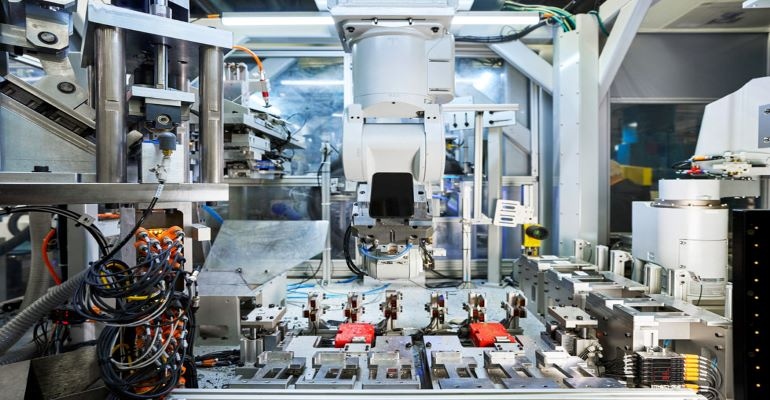Intel, Apple make notable strides on environmental efforts to address carbon emissions and recycled materials.

Earth Day is a day when we are reminded about the need to engage in good practices both at work and at home to protect our environment. For the electronics industry, these efforts have largely been promoting recycling in its workplaces, moving to less environmentally-risky materials and processes, and announcing initiatives to become more carbon-neutral. Electronics companies have made strides to make their products more environmentally friendly, such as eliminating the use of lead in many components and switching to mass soldering processes that emit fewer hazardous gases.
But these decisions are not made lightly, as companies must consider tradeoffs in performance, cost, as well as changes to production processes and supply-chain practices.
Lowering the Carbon Footprint
For large, profitable companies, environmental responsibility is not just good for the environment, but also good for their business as they want to project a positive image among shareholders that are concerned about factors other than stock prices.
Intel recently made one of the stronger statements showing environmental consciousness. The semiconductor giant pledged to achieve net-zero greenhouse gas emissions in its global operations by 2040.
To achieve this goal, Intel has some interim, stepping-stone goals. According to a statement on its website, the company seeking to achieve 100% renewable electricity use across its global operations by 2030. Intel added it would invest $300 million in energy conversation measures at its facilities to save the equivalent of 4 billion cumulative kilowatt-hours of energy.
In other moves, Intel said its new factories and other facilities would meet U.S. Green Building Council LEED program standards, covering locations in the U.S., Europe, and Asia. The company will also launch an R&D initiative to identify greener chemicals with lower global warming potential, and will develop new abatement equipment.
Recycling Materials
Apple said in a statement Tuesday it was making progress on using recycled materials in its consumer electronics products. More specifically, Apple said that in 2021 that 59% of its products used recycled aluminum, with many products using all recycled aluminum in their enclosures. Apple added that in 2021 its products contained 45% recycled rare earth elements, 30% recycled tin, and 13% recycled cobalt. Apple also started using certified recycled gold in its iPhone 13 and iPhone 13 products.
Overall, Apple said that nearly 20% of the material in its products in 2021 was recycled.
Apple also announced a number of promotions related to Earth Day 2022. Apple said it would donate $1 to the World Wildlife Fund if customers used Apple Pay. The company will also show the environmental innovations behind iPhone 13 through an immersive augmented reality experience on Snapchat. It will also show curated collections of environmentally-related content on its various video and audio platforms.
Reducing 5G Emissions
Reducing greenhouse gas emissions is a year-round goal for many tech companies. With 5G becoming popular, there’s also the issue of emissions from the base stations that will be sending out 5G signals.
Japan-based Fujitsu announced at the Mobile World Congress in February a software virtualized radio access network (vRAN) with 5G support that the company said can reduce CO2 emissions by 50%, compared to conventional base stations. The vRAN uses dynamic resource allocation technology that reduces excess resources and power consumption, by making it possible to adjust the computing resources of servers needed for operations, according to the usage status of base stations.
By linking the RAN intelligent control unit (RIC), and SMO (Service Management and Orchestration), which orchestrates and manages the entire network, with this technology, the vRAN can estimate mobile phone users' movements and application usage to optimize allocation of resources.
Recycling Lives On
Recycling is, of course, an ongoing means of helping to save the environment, though Earth Day serves as a reminder to engage in the practice. Big box electronics chains such as Best Buy recycle used electronics. Apple’s consumer electronics rival Samsung has an ongoing partnership with uBreakiFix by Asurion to recycle on or unused electronics. The companies are encouraging consumers to drop off consumer electronics devices at any uBreakiFix or Asurion Tech Repair & Solutions store. The stores will collect the devices and route them to a Samsung-authorized recycling partner, where they will be turned into raw commodities for future reuse.
About the Author(s)
You May Also Like





